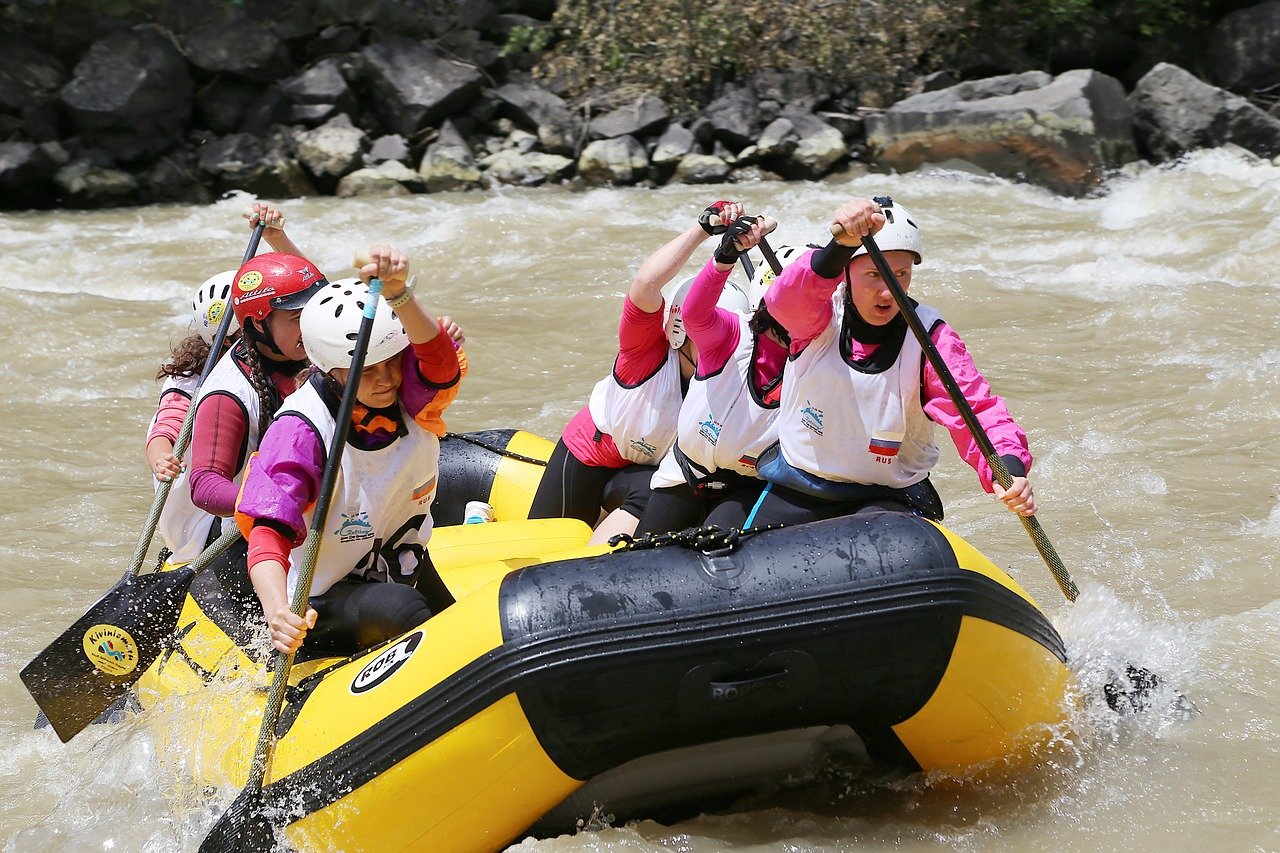
We want to go far, so we go together
Practicing relationship-centered teamwork to foster a teaching-learning-centered strategy.
By ROSLYN COMPTON, SITHOKOZILE MAPOSA, SHERYL MILLS, SCHRODER SATTARIn Winter 2021, like you perhaps, we were faced with moving to an online environment to teach NURS 306.3 “Exploring Aging and Chronicity” within the BSN program at the University of Saskatchewan. Our course has traditionally been taught independently by three faculty at five sites in the province. With the shift to online delivery, we panicked and thought, “How are we going to survive teaching this course when we individually have so few online skills and we are also in the midst of the pandemic!?” We were not only concerned about surviving our workload, but we were also worried about our families scattered across the globe and the great uncertainty in the world generally. How could we sustain our teaching philosophy and deliver content in this new virtual environment?

Necessity met opportunity!
Our process of collaborating on NURS 306.3 started naturally when we suddenly had a very real reason to connect. There were, in fact, several factors that brought us together.
- Philosophically, we all teach from a relation-learner-approach.
- We were teaching the same course in different locations.
- We all moved to teaching online.
- Teaching online opened the door to the intentional inclusion of interprofessional education, which had also gone online.[1],[2]
This meant we had an opportunity to do things differently, share our professional expertise, and learn about teaching online together. In this blog post we share the exciting ‘ahas’ as well as the specifics of building our effective and productive team as we moved from teaching independent of one another to creating OUR course.
Meet our Inter-Team[3]

Roslyn Compton is faculty in the College of Nursing at the University of Saskatchewan in Saskatoon. Sheryl Mills is Associate Director Academic Programs and Interprofessional Education with USask Health Sciences. Sithokozile Maposa is faculty in the College of Nursing at the University of Saskatchewan in Prince Albert (currently on sabbatical and joining us from South Africa). Schroder Sattar is faculty in the College of Nursing at the University of Saskatchewan in Regina.
We worked as a team[4], capitalizing on our exceptional expertise, to accomplish the shared goal of providing the very best experience for learners, ourselves, and one another. Many times, as we were working together, we asked ourselves, “Why haven’t we done this before?!”
Surprise! We enjoy working together!
We found the very principles we teach and strive to role model in our course, are the ones we use with each other: relationship-focused nursing care, pushing to achieve personal and professional goals, and reflecting on experiences. We intentionally helped each other work on what we were individually good at. We all brought our ‘A’ game to the table when figuring out something we had no clue about.
How we collaborate successfully[5]
We took time to care about one another. We began to build meaningful relationships that went beyond the borders of teaching. For us, caring about one another looked like and sounded like ‘sharing over coffee’.

We respectfully listened to each others’ stories with genuine interest, and these stories often came back to inform our work and build our bonds with each other.
Although we were brought together through our teaching, we have stayed together because it is fun and we accomplish exciting things. We feel equally valued and want to contribute.
We have flourished!We have flourished because we created a respectful environment in which we:
- are a non-hierarchical team
- share and contribute to our best abilities
- bring our ideas to the table and share them freely
- make a conscious effort not to drop or dismiss ideas
- are reflective and reflexive in our interactions
- create a safe space
- take the time for visiting with each other[6]
- don’t feel we are silenced
- are genuinely interested in one another, each others’ ideas, and the experiences we share
- nurture each other’s learning
- move collectively to our shared goals
We are continuing to flourish with plans for further adventures together including another post in this series. Stay tuned for our next post where we will share some of our adventures from our first year together![7]
Footnotes
[1] Our team has diverse experiences including teaching the course over several years (Roslyn & Sithokozile), specialization in gerontological nursing (Rosyln), aging parents (All), international nursing practice (Roslyn & Sithokozile), research (Schroder, Roslyn & Sithokozile), caring with older adults in the clinical area (Tess, Roslyn, Sithokozile, & Schroder), and Sheryl’s diverse expertise and experience in (interprofessional) education.
[2] We are in different locations, not only the learners. It wasn’t easy to get us all together.
[3] Thank you, Schroder, for taking our picture during our blog post writing session. Wow, that was a learning experience! And, Sithokozile, welcome from South Africa. We are so glad you could join us! 😊
[4] Both to develop and run NURS 306 winter term 2021 and to write this blog post
[5] To get jobs done and enjoy working together!
[6] We know about each other’s children; we know interesting things about each others’ lives. Our sharing has evolved over time.
[7] This includes learning new things such as inserting emoticons into word docs and emails. 😉

